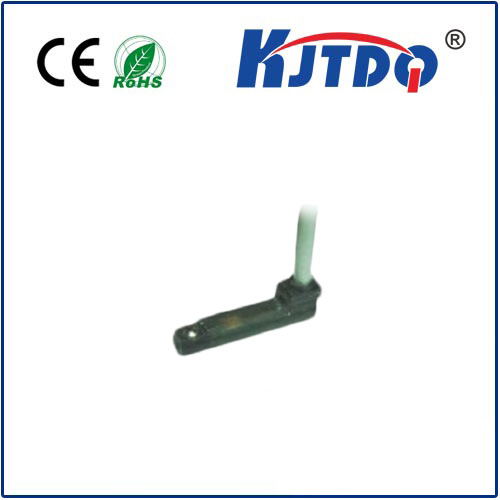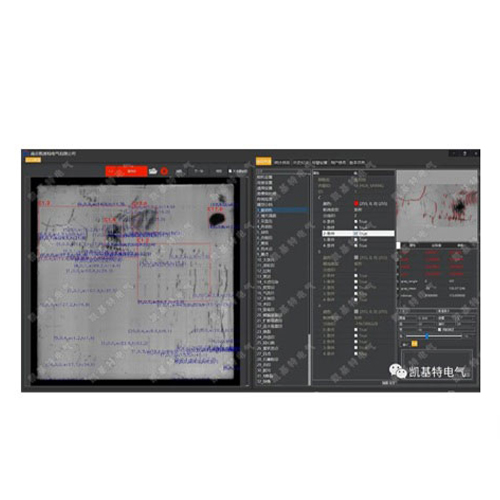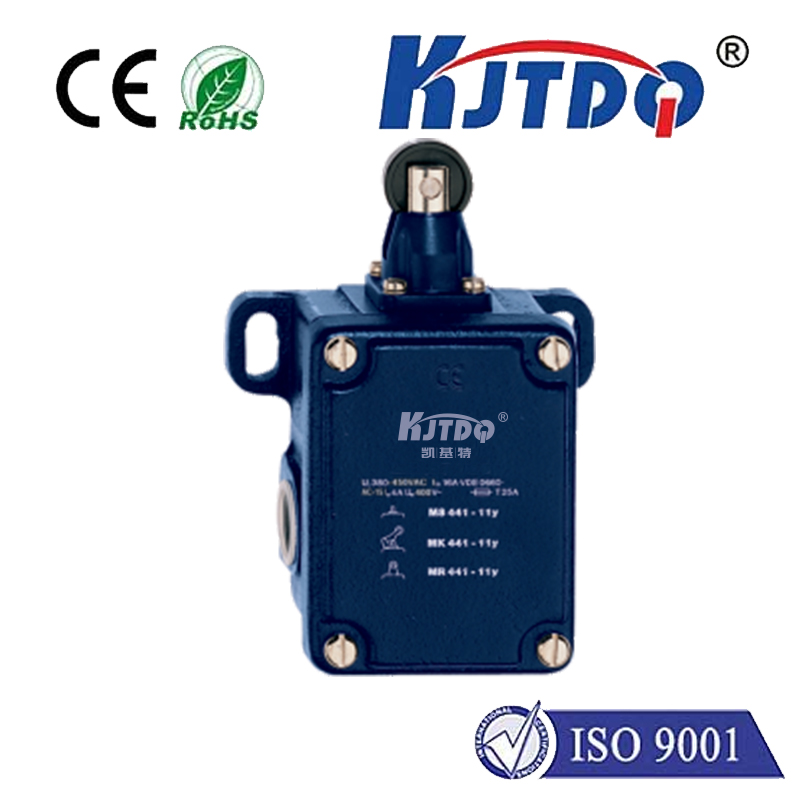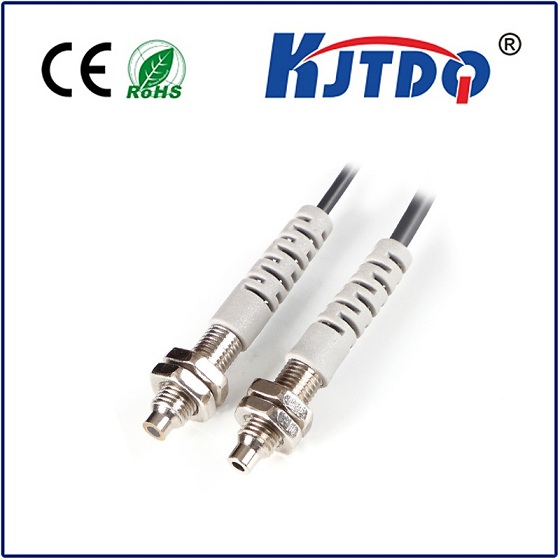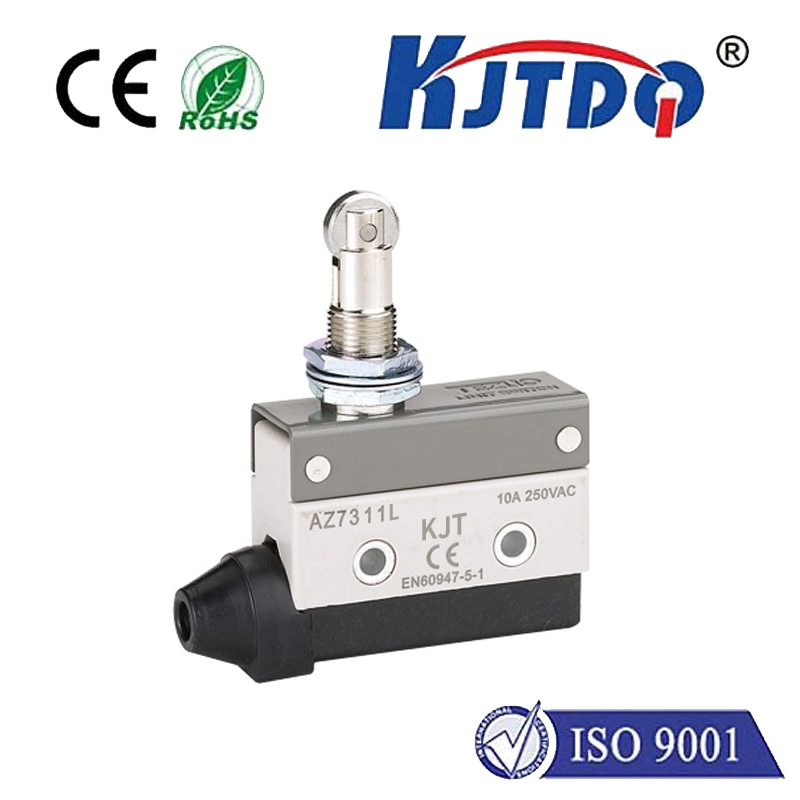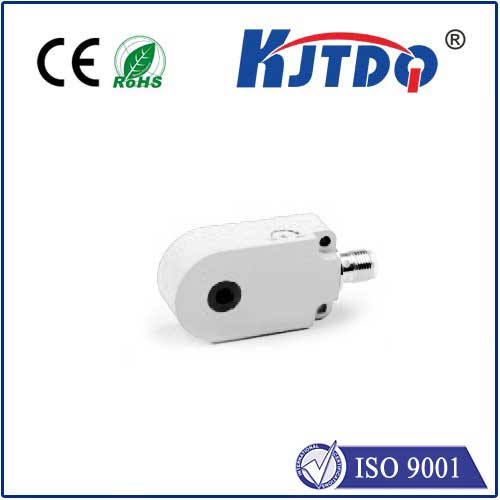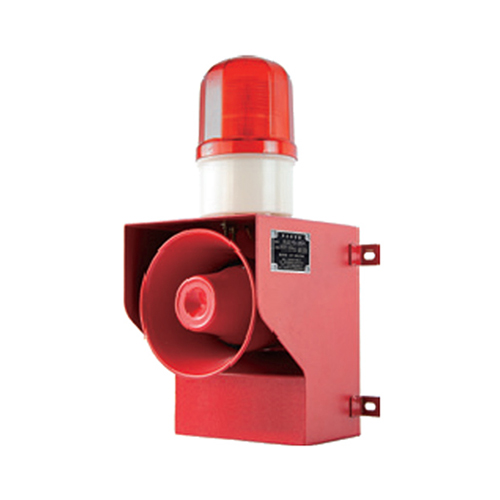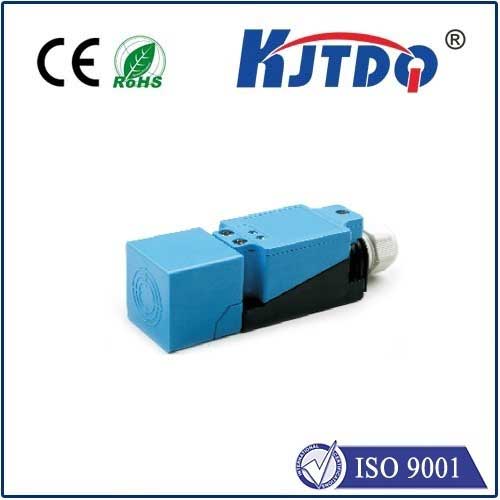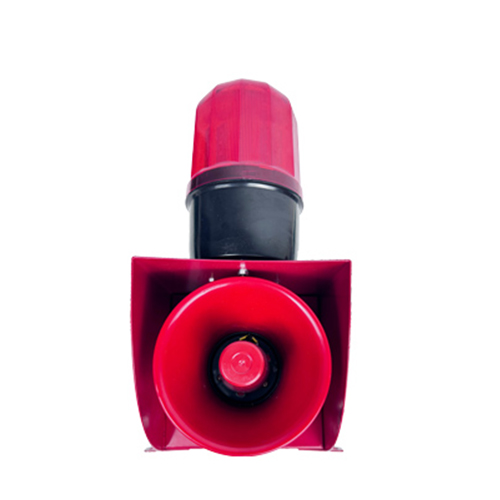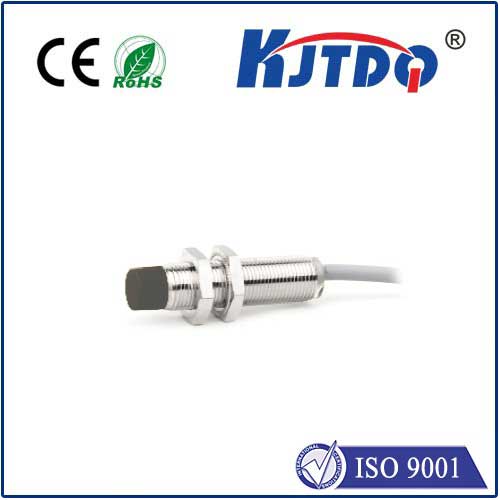laser diffuse sensor
- time:2025-08-28 00:37:14
- Click:0
Beyond the Beam: How Laser Diffuse Sensors Revolutionize Object Detection
In the intricate dance of modern automation, seeing isn’t always enough. Detecting the precise presence, position, or distance of objects – especially those with varied surfaces, colors, or in challenging environments – demands a more sophisticated sense. Enter the Laser Diffuse Sensor, a versatile workhorse silently powering countless industrial and technological processes. Forget cumbersome physical switches or easily fooled photoelectrics; diffuse laser sensors offer unparalleled precision and reliability for a vast array of proximity and distance sensing tasks.
Understanding the Core: It’s All About Scattered Light
Unlike through-beam sensors requiring a separate transmitter and receiver, or retro-reflective sensors relying on reflectors, the laser diffuse sensor works entirely from one side. Here’s the elegant science behind it:
- Laser Emission: The sensor emits a focused, coherent beam of laser light (often red visible light or infrared for industrial robustness) towards the target object.
- Diffuse Reflection: When the laser beam strikes the target’s surface, the light doesn’t reflect cleanly like a mirror. Instead, it diffusely scatters in many directions. This scattered light is the key.
- Receiver Detection: A sensitive receiver within the same sensor housing captures a small portion of this scattered light bouncing back from the object.
- Signal Processing & Output: Sophisticated internal electronics analyze the intensity and timing of the received light. Based on this analysis and the sensor’s internal calibration:
- Proximity Mode: The sensor triggers a digital output (e.g., ON/OFF signal) when the received light intensity exceeds a preset threshold, indicating an object is within its detection range.
- Distance Measurement Mode (Time-of-Flight - ToF): By precisely measuring the time delay between the laser pulse emission and the reception of the scattered light (
Time-of-Flight), the sensor calculates the exact distance to the object and provides an analog output (e.g., 4-20mA, 0-10V) or digital communication representing this distance.
Why Laser Diffuse Sensors Stand Out

What makes these sensors the go-to choice in so many demanding situations?
- One-Sided Installation Simplicity: The biggest practical advantage. Mounting is dramatically easier since only one unit is needed, avoiding the alignment hassles of through-beam systems.
- Robust Detection of Challenging Surfaces: They reliably detect objects regardless of color (from matte black to shiny silver), material (plastic, metal, wood, cardboard), or surface texture. Traditional photoelectrics can struggle with dark or non-reflective targets.
- Precise Distance Measurement: Models featuring Time-of-Flight (ToF) technology deliver highly accurate, continuous distance readings, enabling sophisticated positioning and dimensioning tasks.
- Long Sensing Ranges: Modern laser diffuse sensors offer significantly longer sensing ranges compared to standard LED-based photoelectric sensors, often reaching meters.
- Small Spot Size: The focused laser beam creates a very small sensing spot, allowing detection of tiny objects or precise positioning within tight tolerances.
- High Resolution & Accuracy: Especially in ToF variants, they provide excellent resolution for discerning minute distance changes.
- Reliability in Harsh Conditions: Designed for industrial environments, many boast high resistance to ambient light interference, dust, vibration, and offer rugged housings (IP67/IP69K ratings are common).
Where Laser Diffuse Sensors Are Indispensable
Their unique capabilities make them ubiquitous across numerous sectors:
- Industrial Automation & Manufacturing:
- Object Presence Verification: Confirming parts are present on conveyors, pallets, or at assembly stations before a process begins.
- Precise Positioning: Guiding robotic arms for accurate pick-and-place operations or assembly tasks based on distance feedback.
- Stack Height Control: Monitoring the height of stacked boxes, sheets, or pallets in logistics and packaging.
- Fill Level Monitoring: Non-contact measurement of fluid levels in tanks or solid levels in silos/hoppers (often using the principle of detecting the surface).
- Web Guiding & Sag Control: Ensuring continuous materials (paper, film, textiles) run correctly through machines by monitoring edge position or sag.
- Roll Diameter Measurement: Tracking the changing diameter of rolls (paper, film, wire).
- Logistics & Material Handling:
- Pallet Dimensioning: Measuring pallet width, height, and sometimes length for warehouse management and transport optimization.
- Conveyor Gap Detection: Ensuring consistent gaps between packages on conveyor systems.
- Object Counting: Accurately counting boxes or items passing a point.
- Autonomous Mobile Robot (AMR) Navigation: Providing collision avoidance and navigation proximity sensing.
- Automotive:
- Parts Handling & Verification: Detecting presence and position of components during assembly.
- Robot Guidance: Precise positioning for welding, painting, or sealing robotic arms.
- Door & Clutch Position Sensing.
- Other Applications: AGVs, agriculture (implement guidance), building automation (elevator positioning), medical device manufacturing, and security systems.
Selecting the Right Laser Diffuse Sensor: Key Considerations
Choosing the optimal sensor requires evaluating several factors:
- Required Functionality: Do you need simple presence detection (ON/OFF) or precise distance measurement (Analog/Digital Output)?
- Sensing Range: What is the minimum and maximum distance the sensor needs to cover reliably?
- Target Characteristics: What are the typical surface properties (color, gloss, material) of the objects? Are they challenging surfaces like matte black?
- Resolution & Accuracy: How precise do the measurements need to be? (Crucial for positioning tasks).
- Spot Size: How small is the target area you need to sense? A smaller spot allows for finer detection.
- Environmental Conditions: Temperature range, dust, moisture, vibration levels, and ambient light intensity.
- Output Type: Digital switch (PNP/NPN), Analog (4-20mA, 0-10V), IO-Link, or other communication protocols.
- Housing & Mounting: Size constraints and required ingress protection rating (IP).
The Unseen Engine of Precision
Laser diffuse sensors are far more than simple proximity switches. They are sophisticated optical instruments harnessing the unique properties of laser light and advanced signal processing. From guaranteeing a part is perfectly positioned before a weld to ensuring pallets are shipped within dimensional limits, they provide the critical, non-contact feedback that drives efficiency, quality, and automation to new heights. Their combination of long range, precision, resilience, and one-sided simplicity makes them an indispensable tool for engineers solving complex detection and measurement challenges in virtually every modern industry. Understanding their principles and capabilities is key to unlocking their full potential on the factory floor and beyond.






